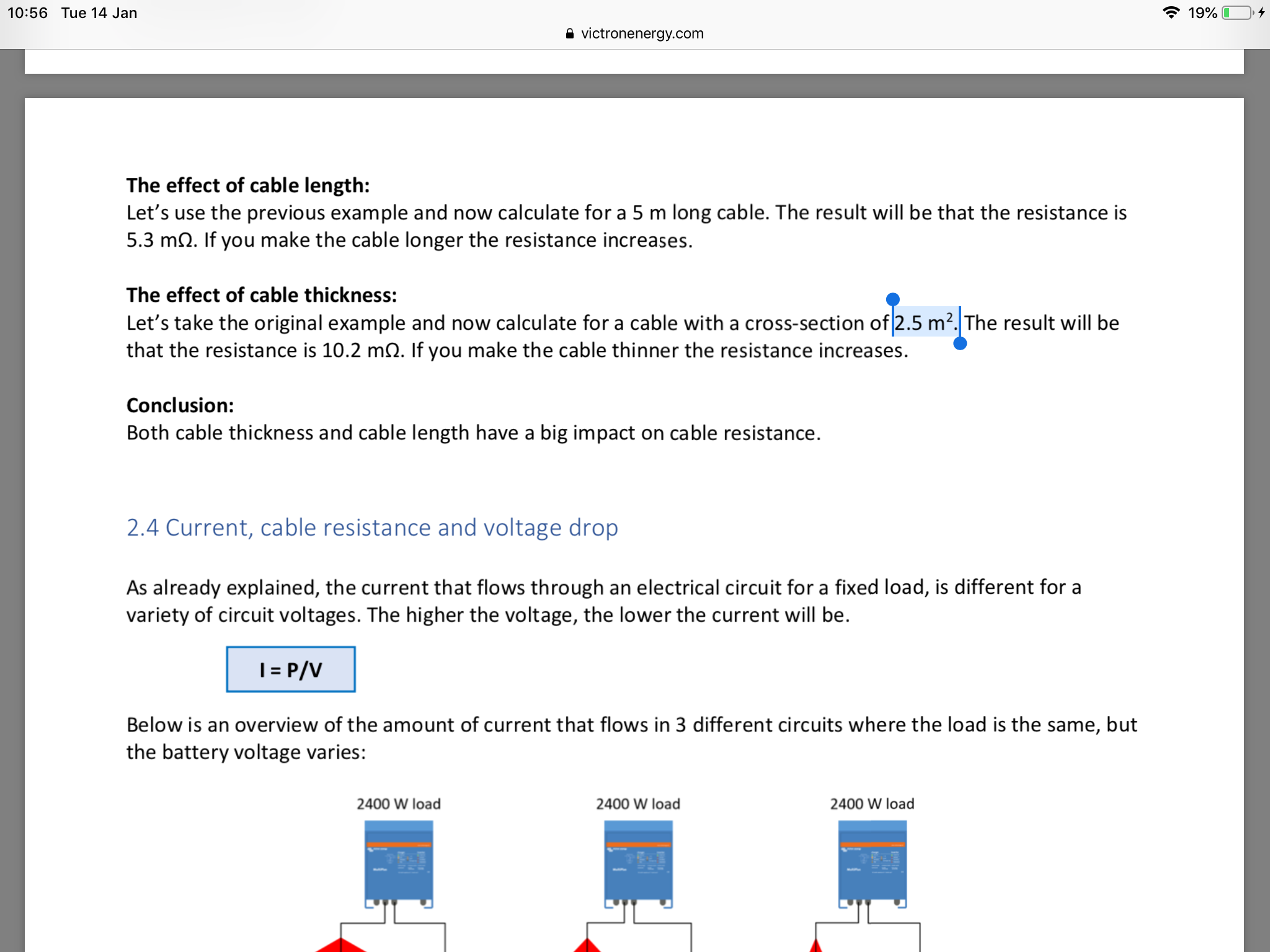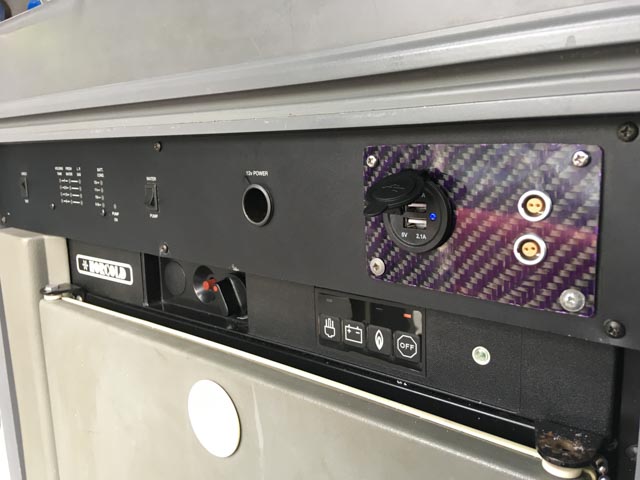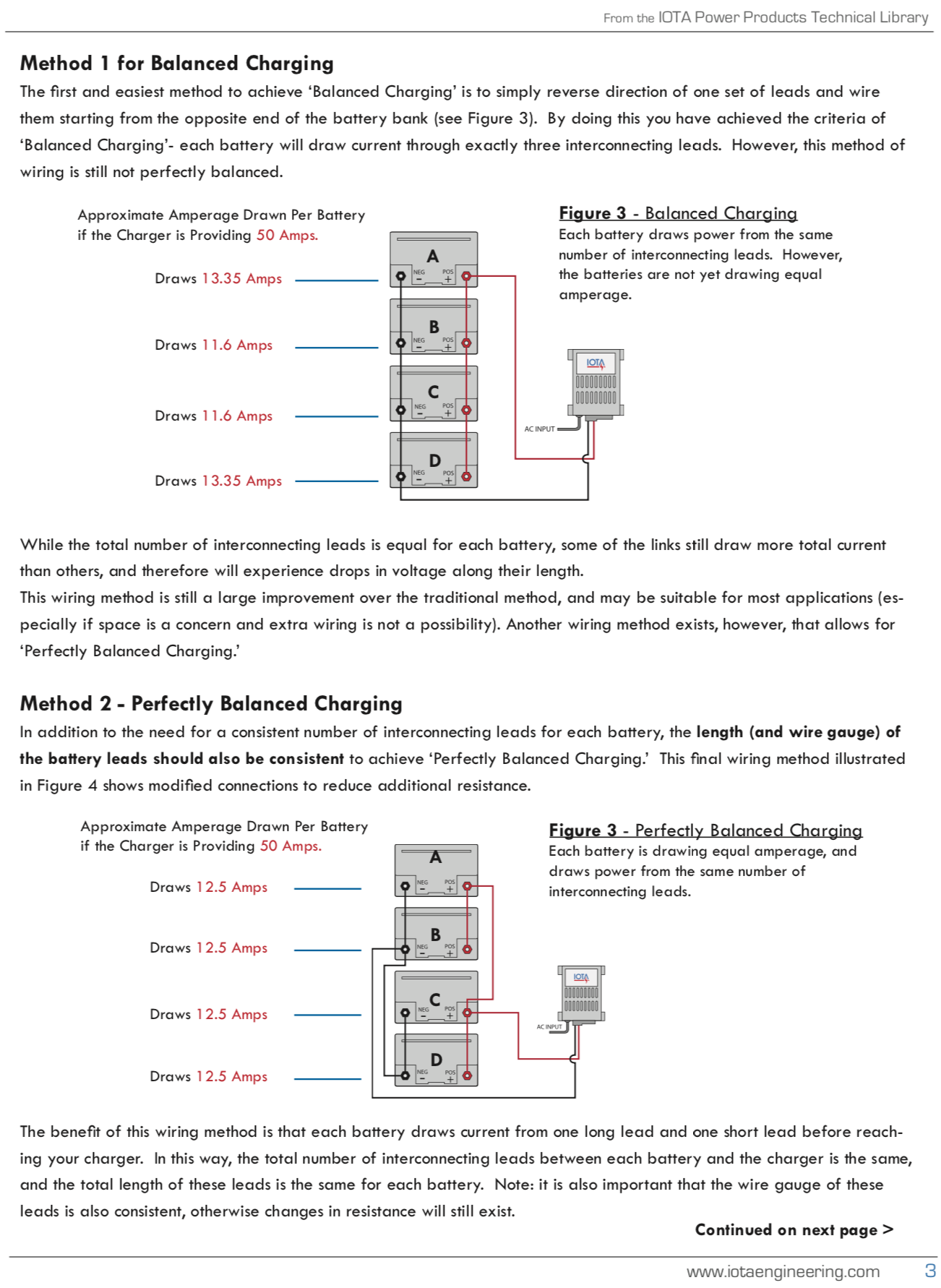Hi all,
Margreet Leeftink, Sales Manager & trainer in Australia has compiled the second Victron book: Wiring Unlimited.
I'm posting it here on Community as a preview; please put in your comments so we can make it even better before publishing more publicly.
I could of course here tease more with whats inside; but better just click the link and see for yourself. I think its a great step forward of bringing all information together as opposed to it being scattered around.
Thank you Margreet for this excellent piece of work! Wie schrijft die blijft :-).
Best regards,
Matthijs




